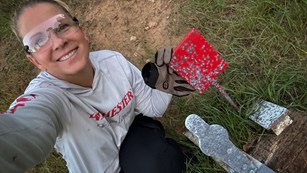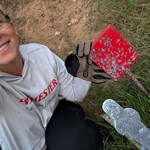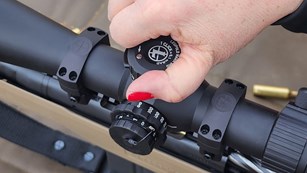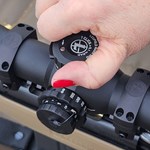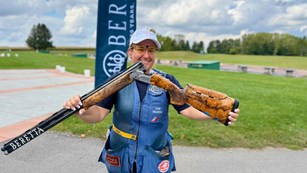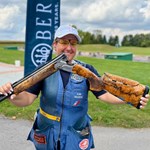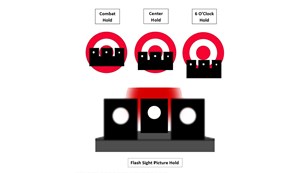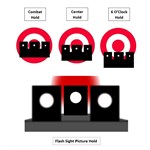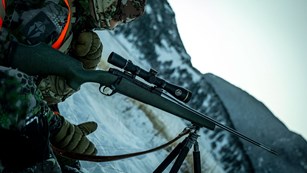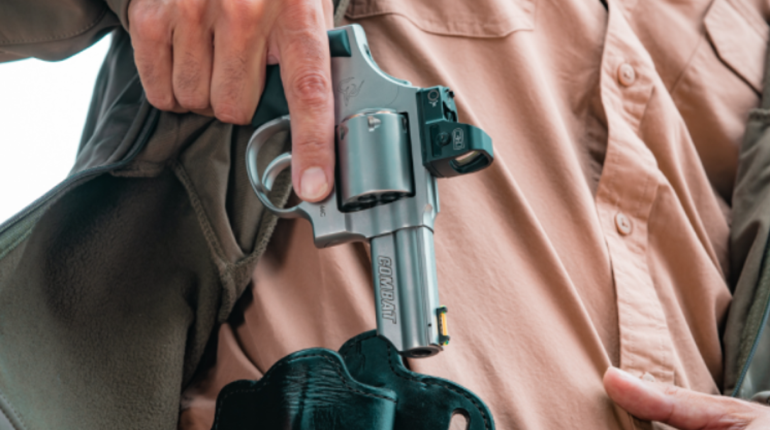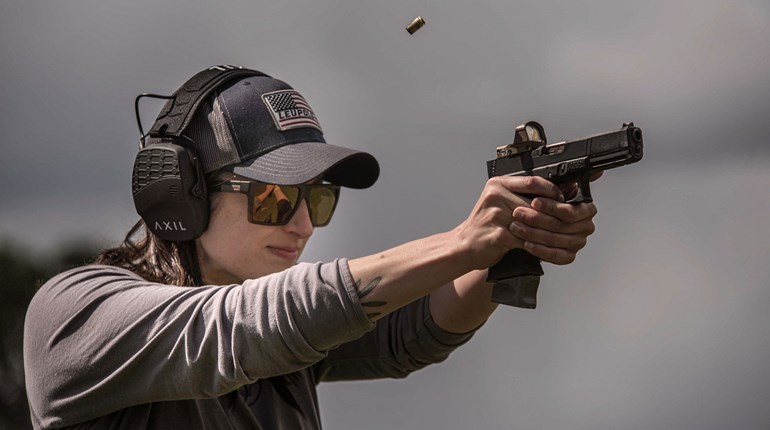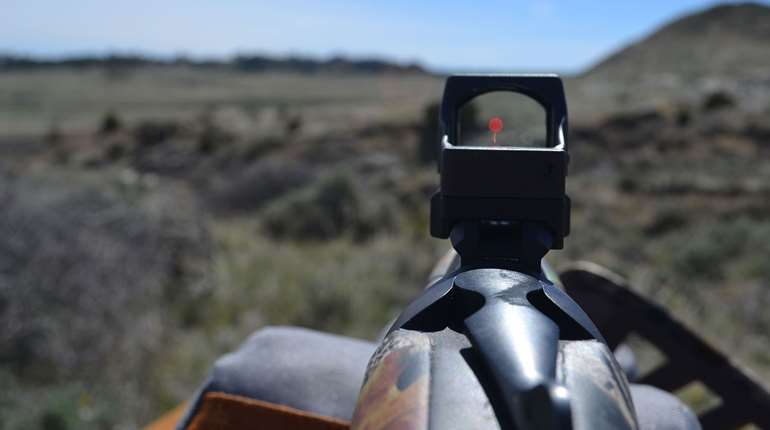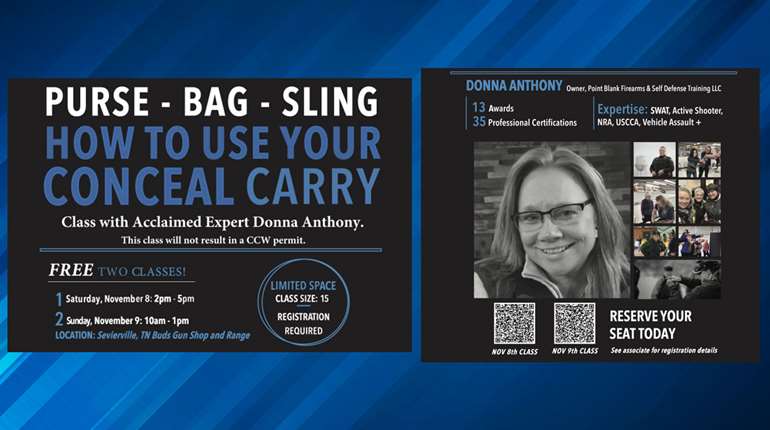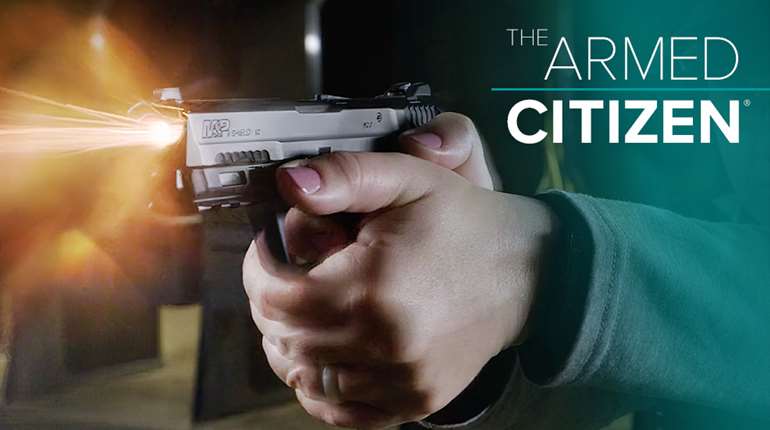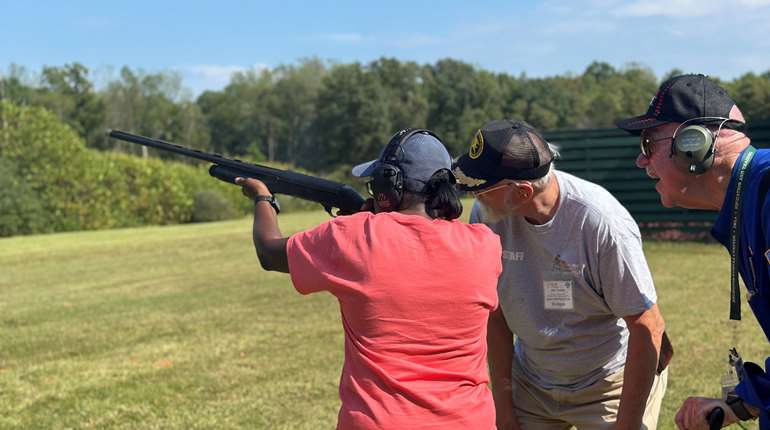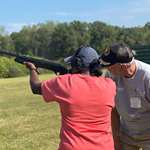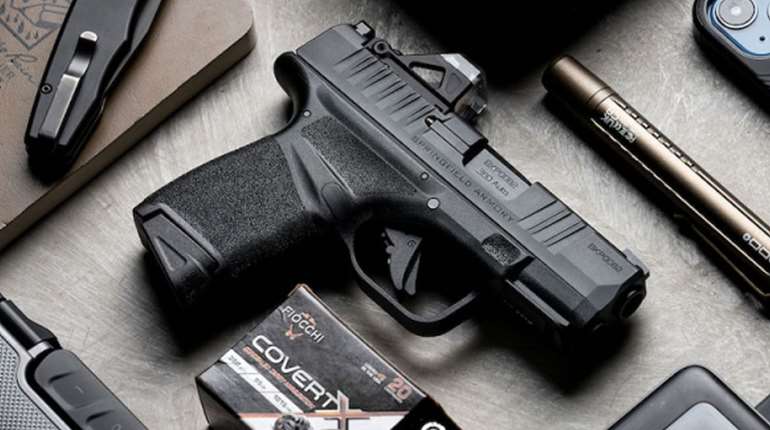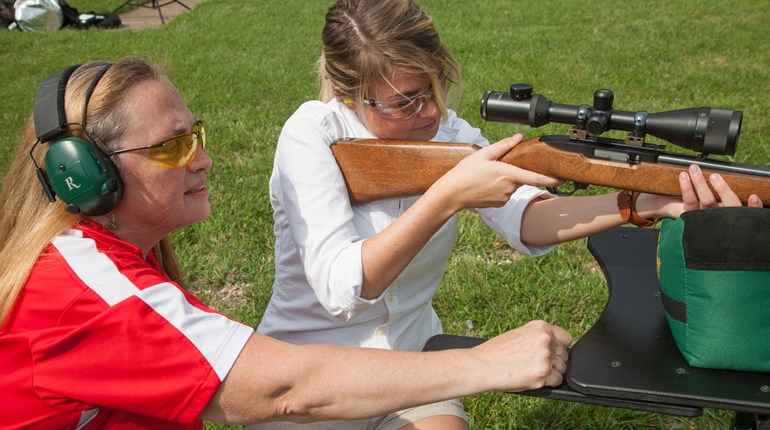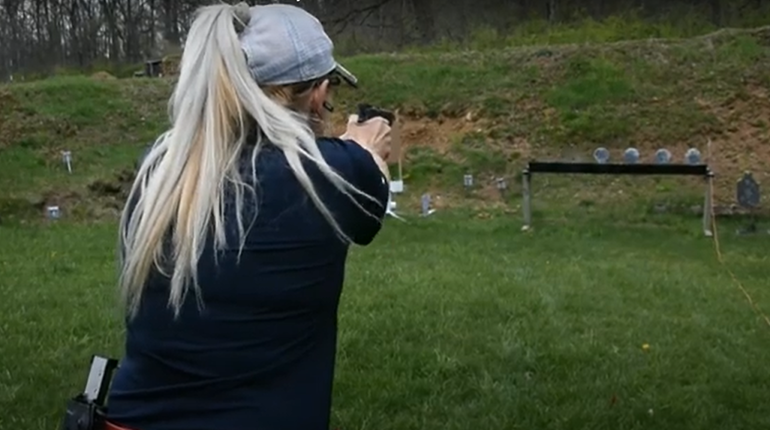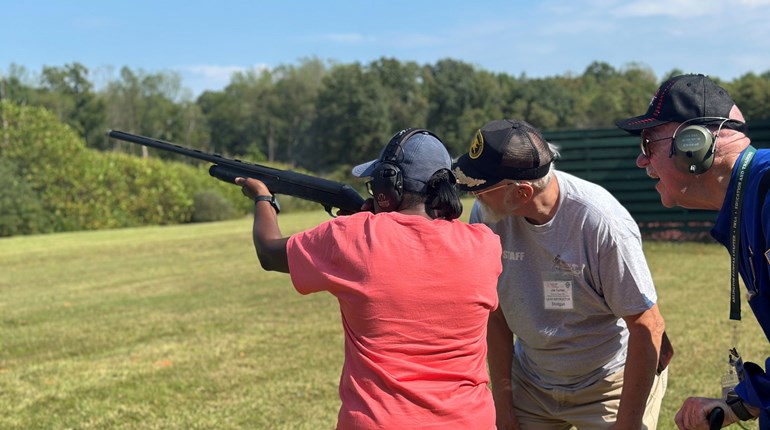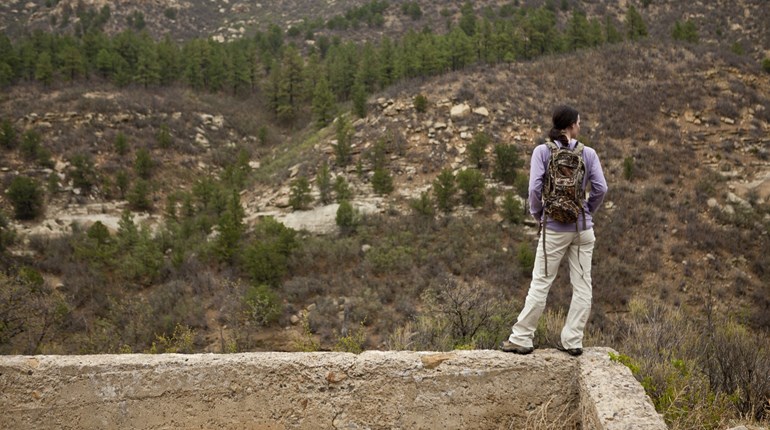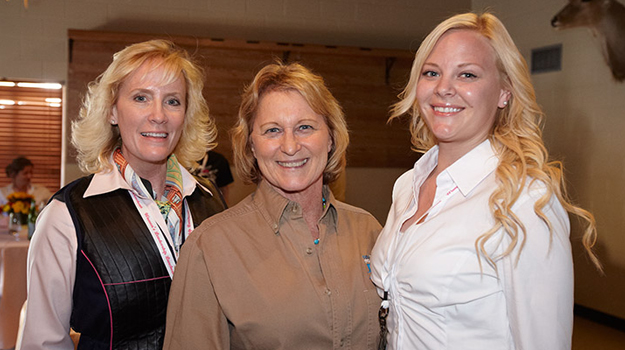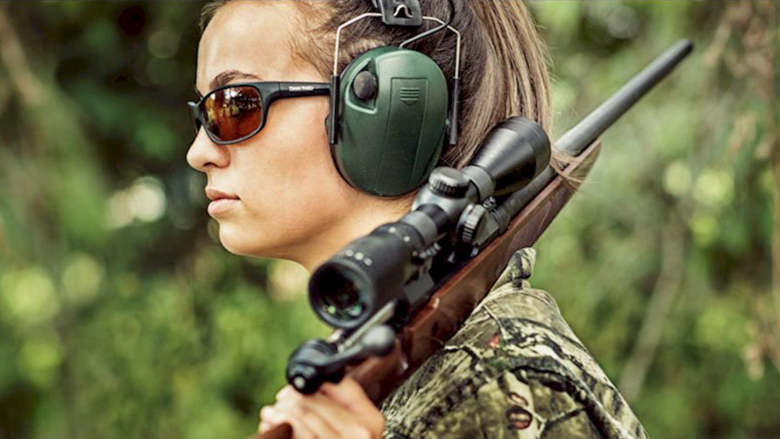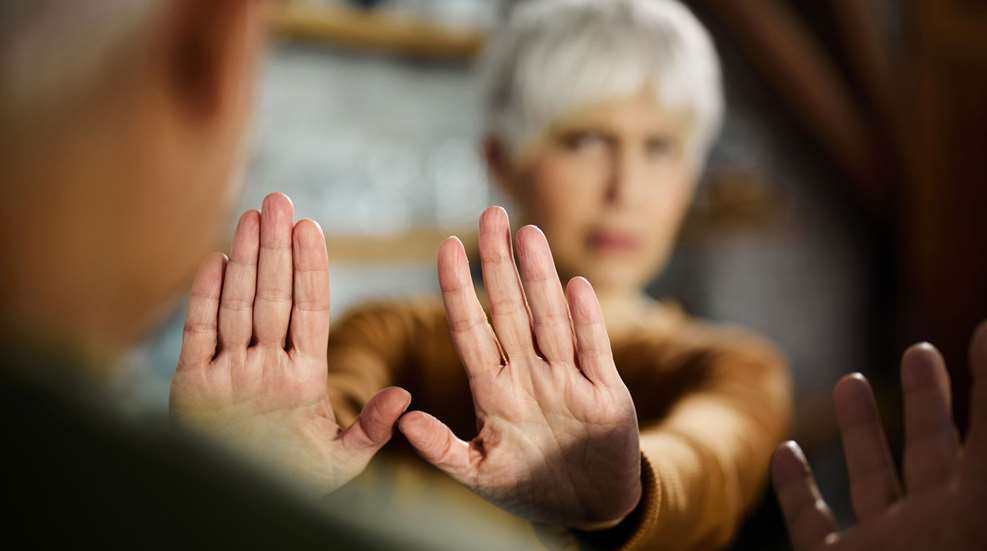
In the 1990s, British martial artist and self-defense expert Geoff Thompson introduced the idea of “putting up a fence.” In short, this literally means to put up your hands to block a person’s access to your body. When and how can you make Thompson’s Fence work for you?
First, understand that this is close to a last-ditch effort. You put up a fence when someone who pings your radar is getting agitated and in your face, but you should have (if possible) gone through a whole host of other defense options before now. Avoidance, escape, de-escalation, and all kinds of other things have failed (or they weren’t options in the first place), and now things are looking like they might get physical.
Second, keep in mind that Thompson wrote about this from a martial arts perspective, and he wasn’t necessarily thinking about women. This technique is not going to work on an armed assailant who is try to steal your purse, or on a determined rapist who is trying to snatch you into his van. The truth is that the average woman isn’t going toe-to-toe with the average man in a physical fight, whether he’s armed or not. Men are generally considered to have a disparity of force over women, so if he’s getting physical, it’s probably time to draw your firearm.
Rather, this technique is useful for squabbles that don’t seem to be lethal—confrontations with other women who are getting agitated and possibly working up to going hands-on; dealing with probably-harmless-but-making-you-uncomfortable panhandlers and people who don’t respect your personal space, etc.
Now, how does it work? Assuming you are still at conversational distance or farther—you haven’t let them get right up in your face already—you will put your strong-side hand up in front of you, about chest-high, forming a physical but also a psychological barrier between you and the aggressor. This takes your hand farther away from your gun, so again, only use this if you sense you won’t be needing the gun, but it has the benefit of helping to block any swings or strikes the other person might try.
“The lead hand will not keep an aggressor at bay forever,” Thompson writes in his book Dead or Alive, “just long enough for you to initiate an escape or a pre-emptive attack. But it will place you in charge, even though your aggressor may not know it.”

The simple hand-up gesture gives off an “I don’t want any trouble” attitude but also prepares you for trouble if it happens. It helps you maintain an appropriate distance and serves as a vibe check. Do not touch the other person, but if they touch you by walking right into the fence (your hand), they’re clearly violating boundaries and it’s probably time to go to the next level. “Though he may not know it on a conscious level, he will instinctively realize that, until that fence has been removed or bypassed, his techniques have no clear way through,” Thompson writes. Again, a weapon changes things, as it’s a clear way through your fence, so don’t try this with an armed assailant.
This isn’t necessarily a palm-out, “that’s close enough, Buddy” gesture, although it might be. Rather, Thompson advises that the fence should look and feel natural. “If it doesn’t and the attacker notices it on a conscious level, he will try to knock it away and bridge the gap,” he writes. “Ideally the fence should be fluid, always moving, like you are using your hands to talk.”
He identifies several kinds of fences:
- The Submissive Fence, with both hands in front of you, facing the attacker, several inches away from him. This is often paired with words like “Just stay away, I don’t want any trouble” or “Don’t come any closer” (a verbal fence). This fence does make you look weak and submissive, which will hopefully allow you to escape, but it can also trigger a predatory attack. But if you think you’re really dealing with a predator, you’re probably going to your gun instead, anyway.
- The Staggered Fence, similar to the submissive posture but with one hand extended farther than the other. Your strong hand stays close to your body so it can be used for a strike or a block if necessary.
- The Exclamation Fence, with hands held palm-upward in front of you as if you are saying “What’s going on here?” This is a less aggressive fence but still maintains your personal space and keeps your hands up to block any forward movement by the other person.
- The Verbal Fence, which is just what it sounds like: You’re using words to draw your personal boundary, although you can also put a hand or both hands up at the same time. “That’s close enough” or “Stay where you are” or even just “Stop!” are all appropriate, but you must say them aggressively—-he has to believe you mean it. This is the time to put on your command voice. You are not asking, you’re ordering.
Thompson describes a few other types of fences and many other aspects of the fence concept, but they largely rely on you being an experienced martial-arts fighter who is willing to throw a punch and get into a physical fight if one is forced upon you, and that probably doesn’t apply to NRA Women.
What Thompson’s Fence can do for you, however, is draw a physical and psychological boundary with people who you think might invade your space but who you don’t expect to use lethal force against you. It can even be used as part of de-escalation, while you ask questions like “What are you trying to say?” or “How can we resolve this?” It is only a temporary measure, but it might buy you a little time or help you defuse a highly emotional situation.
